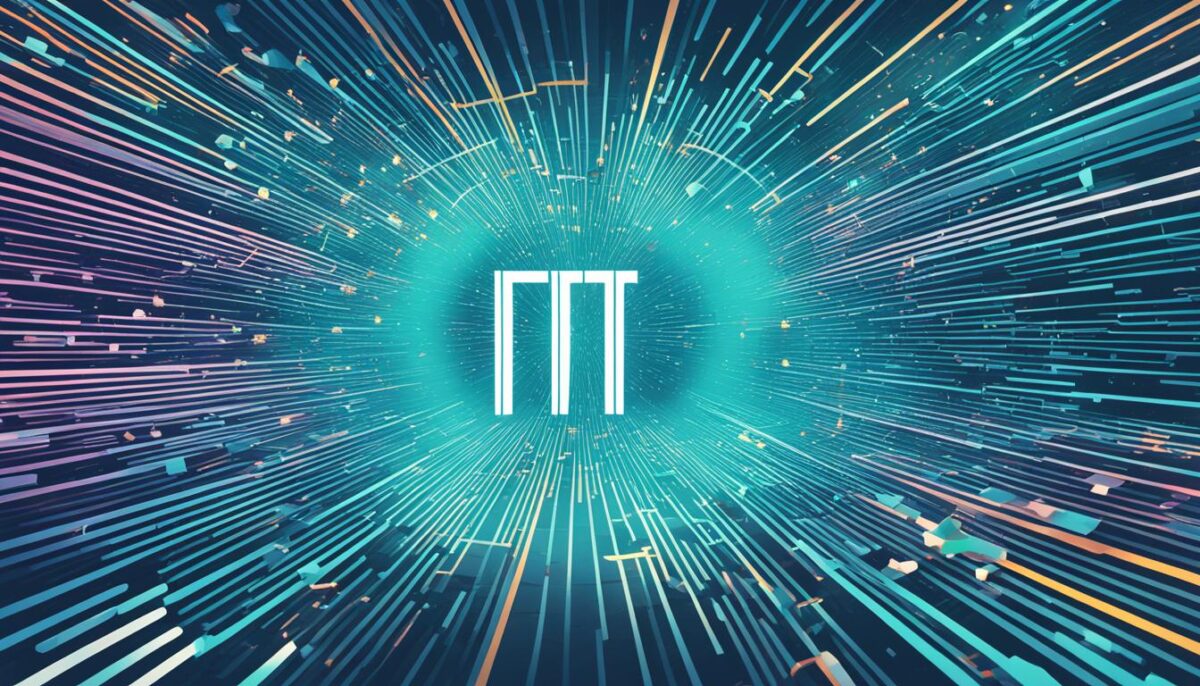Unlock the power of the digital revolution by creating, minting, and selling your own unique NFT (non-fungible token) art. In this comprehensive guide, we’ll dive into the world of NFTs, exploring their growing popularity and providing you with a step-by-step process to turn your digital creations into valuable assets.
Non-fungible tokens have emerged as a transformative technology, allowing artists, creators, and entrepreneurs to monetize their digital content in unprecedented ways. By understanding the basics of NFTs and exploring their potential use cases, you’ll be well-equipped to join this exciting new frontier and bring your artistic vision to life.
Whether you’re a seasoned digital artist or a budding creator, this guide will equip you with the knowledge and tools you need to navigate the world of NFT art creation. From setting up your digital wallet to minting and selling your NFTs, we’ll cover every step of the process, ensuring you have the confidence to turn your digital assets into valuable, one-of-a-kind offerings.
What is an NFT and Why Are They Gaining Popularity?
In the digital age, where the lines between the physical and virtual worlds continue to blur, a new class of digital assets has emerged that is captivating the attention of artists, collectors, and investors alike: non-fungible tokens, or NFTs. These unique digital entities have opened up a world of possibilities, revolutionizing the way we think about ownership, authenticity, and value in the digital realm.
Understanding the Basics of Non-Fungible Tokens
NFTs are digital assets that are unique and cannot be replaced or exchanged for something else of equal value. Unlike traditional cryptocurrencies, which are fungible (meaning each unit is interchangeable), NFTs are one-of-a-kind digital items that can represent anything from digital art and collectibles to virtual real estate and in-game items. Each NFT has its own distinct digital signature, making it verifiably scarce and authentic.
The rise of NFTs can be attributed to the growing demand for digital ownership and the desire to assign value to digital creations. By leveraging blockchain technology, NFTs provide a decentralized and transparent way to track ownership, provenance, and transactions, addressing the challenges of authenticity and scarcity in the digital world.
Exploring the Potential Use Cases of NFTs
The potential applications of NFTs extend far beyond the realm of digital art and collectibles. As the technology continues to evolve, we’re seeing a wide range of use cases emerge, including:
- Digital art and collectibles: NFTs have revolutionized the digital art market, allowing artists to sell their digital works as unique, verifiable assets.
- Virtual real estate and in-game items: NFTs are being used to represent and trade virtual properties and in-game assets, creating new opportunities for investment and ownership in the metaverse.
- Ticketing and event management: NFTs can be used to issue unique digital tickets for events, concerts, or experiences, providing enhanced security, traceability, and resale control.
- Supply chain and asset tracking: NFTs can be used to track and authenticate physical and digital assets, improving transparency and traceability across various industries.
As the adoption of NFTs continues to grow, the potential use cases continue to expand, promising to transform various industries and the way we interact with the digital world.

“NFTs are not just about digital art or collectibles – they represent a fundamental shift in how we think about ownership, scarcity, and value in the digital age.”
How To Make NFT: Step-by-Step Process
Navigating the world of non-fungible tokens (NFTs) can be an exciting and rewarding experience. Whether you’re an artist, creator, or simply curious about this burgeoning digital landscape, learning how to create your own NFT can open up a world of new opportunities. In this section, we’ll guide you through the step-by-step process of minting NFTs, from setting up a digital wallet to listing your unique digital assets on popular NFT marketplaces.
Choosing a Blockchain Platform
The first step in creating your NFT is to select a blockchain platform that aligns with your needs and goals. Some of the most popular blockchain networks for NFTs include Ethereum, Solana, and Polygon. Each platform has its own unique features, fees, and market dynamics, so it’s important to research and compare your options to find the best fit.
Setting Up a Digital Wallet
Once you’ve chosen your blockchain, you’ll need to set up a digital wallet to store your NFTs. Popular options include MetaMask, Coinbase Wallet, and Trust Wallet. These wallets allow you to securely store, manage, and interact with your NFTs, as well as facilitate the buying and selling process.
Designing Your NFT
With your wallet set up, it’s time to start creating your NFT. This can involve anything from digital artwork and collectibles to music, videos, or even virtual real estate. The key is to design a unique and compelling digital asset that will stand out in the crowded NFT marketplace.
Minting Your NFT
Once your NFT is ready, the next step is to mint it onto the blockchain. This process, known as “minting,” involves adding your digital asset to the blockchain, where it will be registered and secured using cryptographic technology. Different platforms have varying minting processes, so be sure to familiarize yourself with the specific requirements of your chosen blockchain.
Listing Your NFT for Sale
Finally, you’ll need to list your newly minted NFT on a popular marketplace, such as OpenSea, Rarible, or SuperRare. This will make your NFT available for purchase by collectors and investors. Carefully consider the pricing, royalties, and other settings to ensure a successful sale.
By following these steps, you’ll be well on your way to creating and minting your own unique NFTs. Remember, the world of NFTs is constantly evolving, so stay informed, experiment, and don’t be afraid to take risks as you navigate this exciting new frontier.

Best Practices and Tips for Minting Successful NFTs
As you venture into the exciting world of NFT creation, it’s important to keep in mind a few best practices and tips to maximize your success. First and foremost, choose your NFT platform carefully, considering factors like fees, customization options, and the size of the platform’s user base. Platforms like OpenSea, Rarible, and SuperRare offer different features and cater to diverse collector preferences, so research thoroughly to find the one that best suits your NFT project.
Once you’ve selected your platform, focus on developing a compelling and visually striking NFT design. Invest time in creating high-quality artwork, animations, or digital assets that will captivate potential buyers. Remember, the visual appeal of your NFT is crucial in attracting collectors and driving sales.
Effective marketing and promotion are also key to minting successful NFTs. Leverage social media platforms to build a loyal community of collectors, share updates about your NFT project, and engage with your audience. Collaborate with influencers, artists, or brands that align with your NFT’s theme to amplify its reach and credibility. Continually explore innovative ways to market your NFTs, such as hosting virtual events, offering exclusive perks, or incorporating gamification elements.




